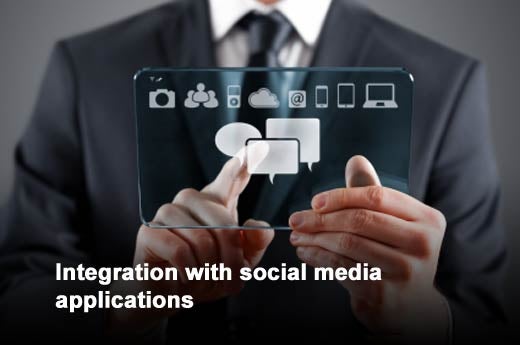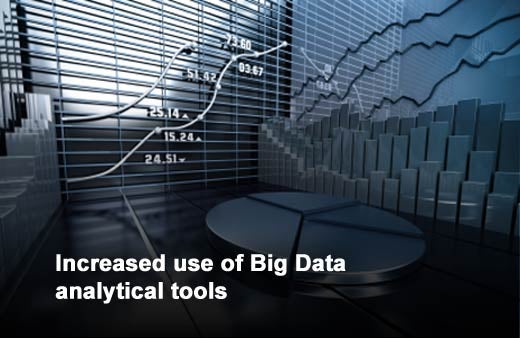As businesses seek a higher return and increased effectiveness on marketing, sales and service program investments, the customer relationship management (CRM) software market is seeing dramatic growth and enhanced offerings including data analytics and social CRM applications, mobile functionality as well as gamification features, reports premier CRM consulting firm ISM. Based on the software testing process, Barton Goldenberg, president of ISM, has identified seven business application and technology trends in CRM software.
Click through for seven business and technology trends affecting the CRM software market, as identified by Barton Goldenberg, president of ISM.
CRM vendors are now beginning to offer integration with third-party, comprehensive social media applications that is adding a new social element in traditional CRM processes. These new ‘social CRM’ applications enable a business to connect customer conversations and relationships from social networking websites into the CRM process. ISM sees social CRM becoming integrated in CRM platforms and applications for a more complete view of customers through the use of feeds from social media channels.
CRM vendors are now providing direct access to social media functionality. Social media can also refer to Web-based services that emphasize online collaboration and sharing among users. Computers and other technologies have shifted from one-way static communication to platforms for interaction and community building. In addition, ISM forecasts that the monitoring, filtering and analyzing of relevant social media posts for sentiment and other organizational purposes will be an increasing focus for the CRM industry over the next three to five years.
Many CRM vendors see social media as a cost-effective method to improve their customer assistance options. Customers are no longer calling the help line when they have a problem — they are tweeting about their problems, posting and finding the appropriate solutions within online forums or discussing problems on Facebook with their contacts. ISM sees more and more organizations building online communities (requiring components such as dialogues, forums, ideation, media sharing and blogs) for customer assistance, which increasingly come with tight integration into other CRM processes.
Big Data analytical tools, which include predictive modeling, can now foretell the monetary value and profitability of a particular customer. These tools take into account profiling customers based on their behavior, segmenting markets and predicting customer purchases based on past purchase information and psychographic/demographic data, as well as determining cross-sell opportunities. The expansion of Internet traffic, social networking, mobile devices and cloud applications will generate a tremendous increase in unstructured data, leading to an increased demand for business analytics software that combines text analytics, sentiment extraction and related technologies to find patterns and trends among social network, mobile device and cloud application users.
CRM vendors continue to develop and release mobile CRM application modules, especially those that are bundled with or work on a large variety of handheld and/or wireless devices. ISM foresees mobile apps extending influence on the CRM marketplace as CRM applications will look and behave more like apps that are accessible on mobile devices. Consequently, CRM applications accessed on mobile devices will streamline their user interface and make their applications simple to use. Wireless components will increasingly allow users to make business decisions in real time while simultaneously creating analytics in real time — all of which support a growing movement toward real-time CRM.
CRM software vendors are increasingly offering CRM software solutions via the SaaS model, which is also referred to as an on-demand solution and is part of the growing cloud computing movement. While not applicable for all organizations, the SaaS model is attractive because it can circumvent traditional problems with the CRM client-server model including initially high prices, time-consuming deployments and the need to perform software upgrades. The two major drivers of accelerated adoption of SaaS in organizations include initial cost advantages and increased proof of data security.
Gamification, which utilizes game design techniques and mechanics to enhance user adoption of CRM applications, is growing in importance. Business leaders are increasingly conducting trials on CRM programs that leverage game elements that provide a clear sense of progress, instant feedback loop and reward incentives — and directly accelerate the accomplishment of measurable performance objectives.










